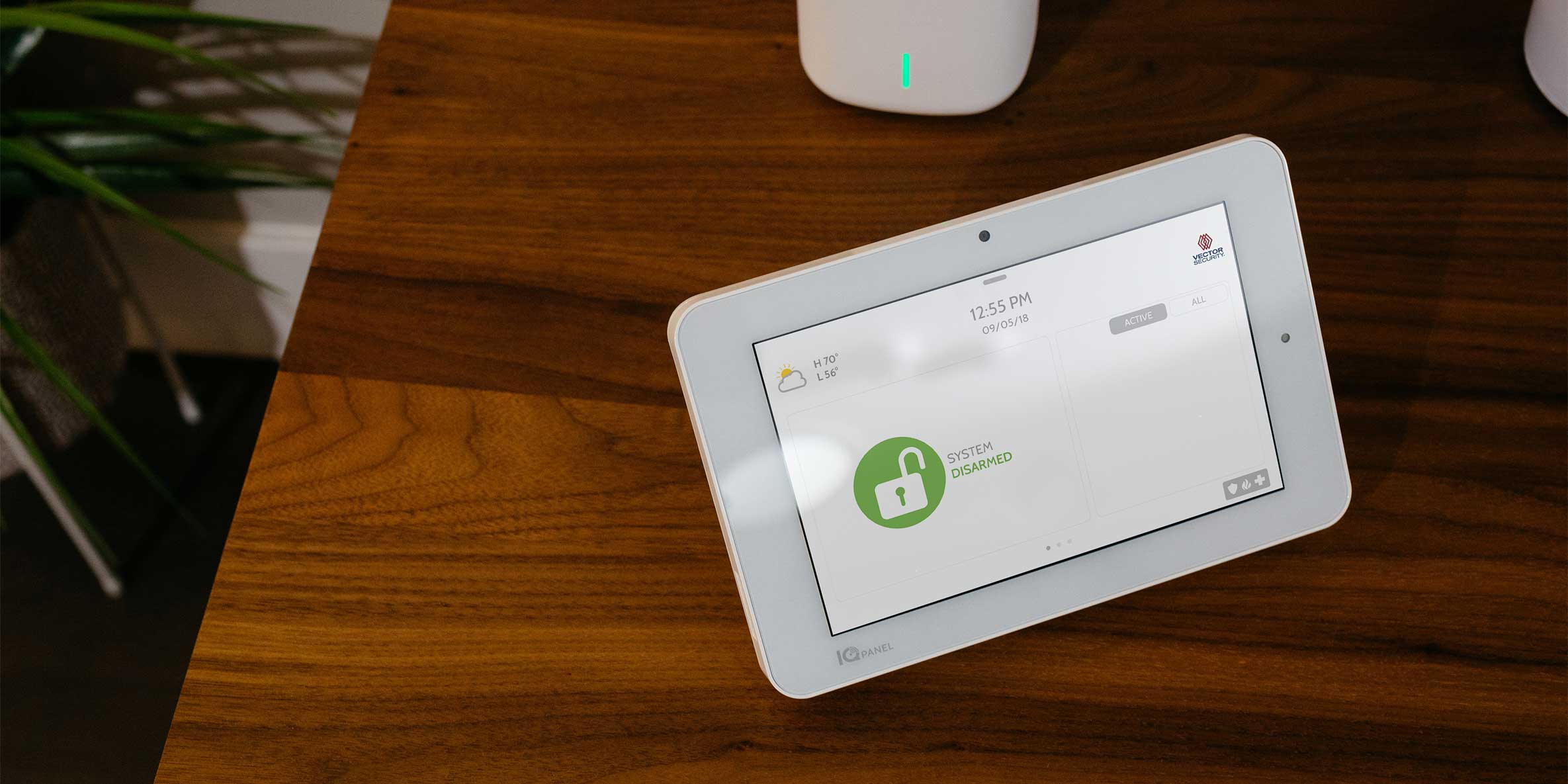This post was originally published on January 2, 2019 and has been updated for accuracy and comprehensiveness.
About nine out of every 10 adults use the internet in the U.S. and more than 75 percent of all American households use Wi-Fi as their primary network connection.
Wi-Fi is everywhere. It’s in our workplaces, grocery stores and homes. It allows us to connect with people all over the world. It’s how most business is conducted and how many families communicate.
Additionally, with many families having to transition to remote work and schooling due to COVID-19, home Wi-Fi is being used more than ever before. Users are accessing sensitive company data and education materials over their home Wi-Fi networks.
Unfortunately, not all Wi-Fi is secure. If a network is compromised, personal, financial and company data stored on computing devices is at risk of being stolen.
To help prevent cyber criminals from accessing your network, we’ve outlined some common ways your home Wi-Fi can be hacked, as well as security measures you can take to keep your Internet safe.
1. Default Pre-Settings
When you set up your home’s Wi-Fi, did you change the default settings?
A default name, or service set identifier (SSID), and IP password is provided with new routers. Default passwords are often widely known and simple to crack. Change the SSID and router password once your internet is installed. Consider a long, complicated strand of numbers and symbols to increase password security.
2. Unsecure Internet of Things (IoT) Devices
Any Internet of Things (IoT) device that connects to a network can be hacked. From smart locks to security cameras, your connected devices could give cyber criminals an opportunity to access your Wi-Fi and steal your information. Secure your connected home devices with these cyber security practices:
- Purchase products that have security in mind. Before making any purchases, ensure products can encrypt network communications, enable password protection and release regular updates.
- Utilize a secondary network for connected devices. Consider a separate Wi-Fi network to keep IoT devices isolated from your primary data network. This way, if vulnerabilities exist, exposure will be reduced.
- Professionally install your devices. Connect with a trusted security vendor and have a certified professional properly install and monitor all your devices.
- Regularly maintain devices. Updated devices are more difficult to hack because software keeps changing, eliminating possible device vulnerabilities.
3. Outdated Firmware
Hackers are always looking to exploit network flaws—especially when it comes to firmware.
Firmware is the software built in a piece of hardware, like your router, that tells it how to operate. Just like passwords and connected devices, firmware must be regularly updated. When you neglect necessary updates, you can expose flaws that allow hackers to take over your network.
Updating firmware depends on the make of the router. We recommend contacting the manufacturer and checking for firmware updates at least once every three months.
Safe Wi-Fi Practices
Take your Wi-Fi security a step further and follow these safety practices.
- Invest in reliable antivirus, anti-spyware and firewall software to add an additional layer of protection against outside access.
- Use secure browsers, only download content from secure websites and ensure all emails you open are from sources that you know and trust. Hackers can gain access to your network and devices through phishing links in this way.
- Contact your router manufacturer or wireless internet provider if you are concerned about your home Internet network at any time.
Maintain your privacy by securing your home Wi-Fi network. Discover which security tools to use by contacting a member of the Vector Security team today.



